Research Resource Cores (Testing)
The SD-NSC offers access to three cutting-edge Research Resource Cores to facilitate investigations into the heterogeneity of aging at the molecular, cellular and tissue level (see links to each core below). The facilities provide unique resources and tools for heterogeneity of aging research, and are integrated to facilitate high-level analysis of the complex datasets generated. Each core will also provide informational and instructive workshops for researchers, and the SD-NSC offers a competitive pilot grant program to support heterogeneity of aging research that utilizes these facilities.
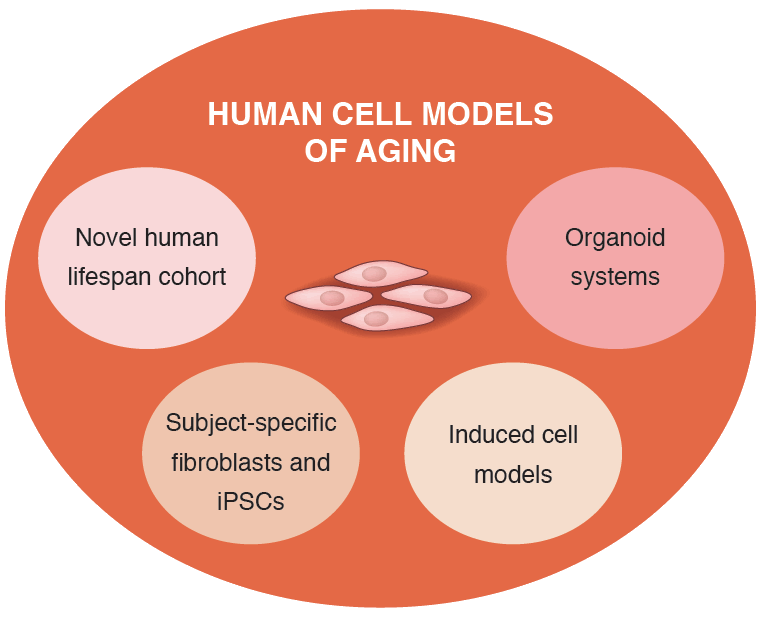
Human Cell Models of Aging
The overarching goal of the SD-NSC Human Cell Models of Aging Core is to create and make available powerful, new human cell-based models to enable studies into the molecular and cellular heterogeneity of human aging. Major activities and resources offered include:
- Generate a bank of fibroblasts and corresponding induced pluripotent stem cells (iPSCs) that represent the breadth of healthy adult chronological age from a human cohort extensively phenotyped for key physical and functional measures of biological age.
- Create induced cell models that maintain age-related phenotypes. Unlike iPSC-based reprogramming processes that can erase epigenetic and transcriptional signatures of aging, direct-conversion approaches can better maintain molecular signatures of aging in resultant cell types. This makes direct-induction protocols particularly well-suited for creating cellular models of human aging.
- Drive technology development to create novel organoid and hybrid-cell models to investigate the role of cellular heterogeneity in human tissue and organ aging. This will be iPSC-derived organoids initially, but over time will involve integration of directly converted cells that maintain aging signatures.
- Distribute protocols and key reagents relevant for creating induced cell types and organoid models.
Protocols
- Preparing Matrigel Aliquots, enhanced version
- Preparing Matrigel coated plates, written version, enhanced version
- Passaging hPSC using Versene EDTA, written version, enhanced version
- Maintenance of Primary Human Dermal Fibroblast, written version
- Thawing Human Pluripotent Stem Cells in Feeder-Free Conditions, written version
- Freezing Human Pluripotent Stem Cells in Feeder-Free Conditions, written version
Services and prices
- Offerings for the Human Cell Models of Aging Core will be announced later in 2021.
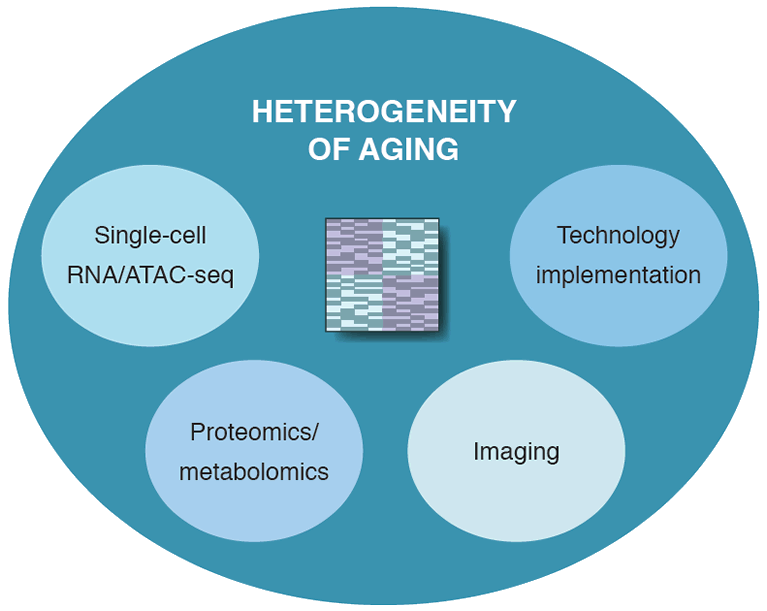
Heterogeneity of Aging
The overarching goal of the SD-NSC Heterogeneity of Aging Core is to enable investigations into the heterogeneity of aging over a broad range of scales (from molecules to organelles to single cells and tissues) by providing access to a diverse suite of analytical technologies. Major resources offered include the ability to:
- Obtain single-cell sequencing for transcriptomic and epigenetic analysis, high-end mass spectrometry services, and multimodal, high-resolution imaging for the analysis of the heterogeneity of cell and tissue aging studies.
- Receive advice on experimental design and high-resolution analysis related to single-cell transcriptomic and epigenetic approaches, and proteomic and metabolomic techniques with enhanced spatial and temporal resolution.
- Develop and disseminate novel methods and protocols, including artificial intelligence-based image processing algorithms.
Services and prices*
*Listed SD-NSC subsidized rates apply to Pilot Grant Applicants and SD-NSC affiliated aging researchers. NSC affiliates and non-NSC affiliated aging researchers: please inquire.
Personnel and Contact Information

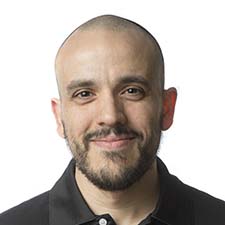
Antonio Michel Pinto, PhD
Senior Mass Spectrometry Specialist,
Mass Spectrometry Core for Proteomics and Metabolomics

Carolyn O’Connor
Managing Director,
Flow Cytometry Core
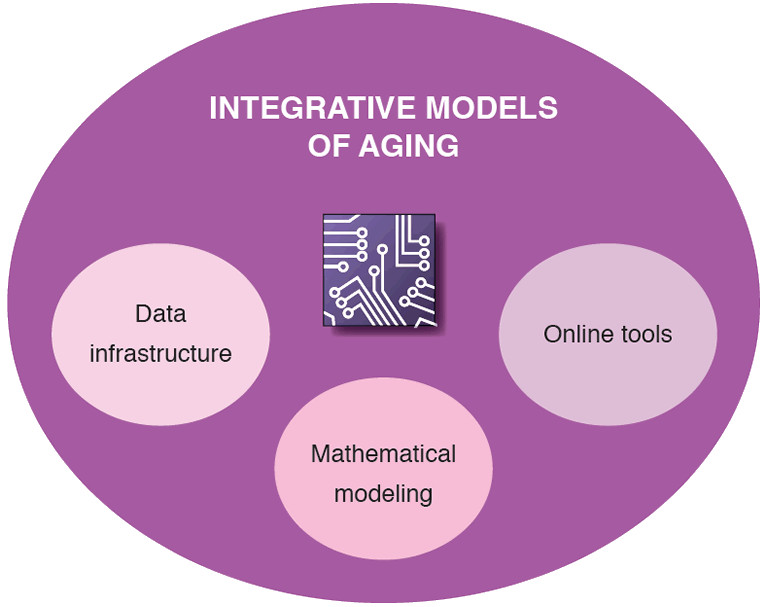
Integrative Models of Aging
The overarching goal of the SD-NSC Integrative Models of Aging Core is to facilitate the integration and interpretation of large and complex datasets from single-cell sequencing, proteomic, imaging, and other multi-dimensional analyses related to the heterogeneity of aging. The resources offered include ways to:
- Identify and implement the hardware and software resources required to pre-process and store sequencing, proteomics, metabolomics and imaging data.
- Implement integrative computational models to map diverse pre-processed data inputs into interpretable models of the heterogeneity of aging. This will include fulfilling requests to apply established techniques for the integrative analysis of data, and developing customized predictive computational models as tools for answering specific aging questions.
Services and prices*
*Listed SD-NSC subsidized rates apply to Pilot Grant Applicants and SD-NSC affiliated aging researchers. NSC affiliates and non-NSC affiliated aging researchers: please inquire.| Service | Rate |
| Consultation | No Cost for initial consult* |
| Data storage | $0.1 per Gb per month |
| Standard bulk RNA-Seq Analysis. QC, mapping, expression table, heatmap, PCA, UCSC Tracks, differential expression, functional enrichment. | $16 per sample |
| Standard ChIP-Seq analysis, peak calling, UCSC tracks, differential peak calling, peak annotation, motif enrichment | $16 per sample |
| Single-cell RNA-seq analysis. Cellranger/Mapping, QC, filtering, clustering, marker genes | $125 per sample |
| Machine learning model construction | $125 per hour* |
| Multi-modal integration | $125 per hour* |
| Custom single-cell analyses | $125 per hour* |
| * Please contact mshokhirev@salk.edu for more information Academic and Non-academic pricing available upon request (contact mshokhirev@salk.edu). | |
Additional Resources
Please visit the following pages for additional resources and tools:
Integrative Genomics and Bioinformatics facility
Computational Neurobiology laboratory
Personnel and Contact Information
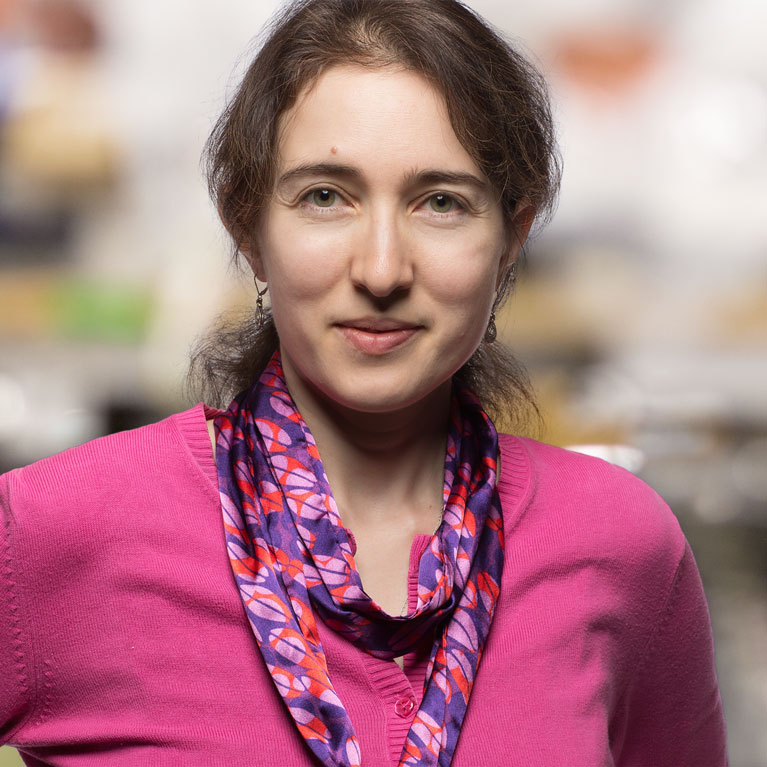
Tatyana Sharpee, PhD
Professor,
Computational Neurobiology Laboratory
Edwin K. Hunter Chair

Max Shokhirev
Director and Staff Scientist,
Integrative Genomics and Bioinformatics Core
